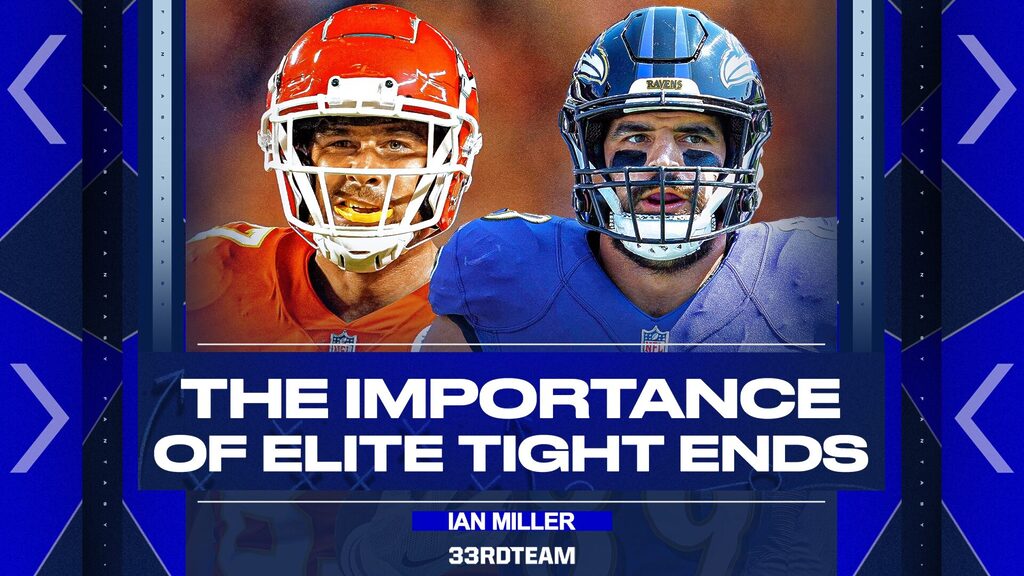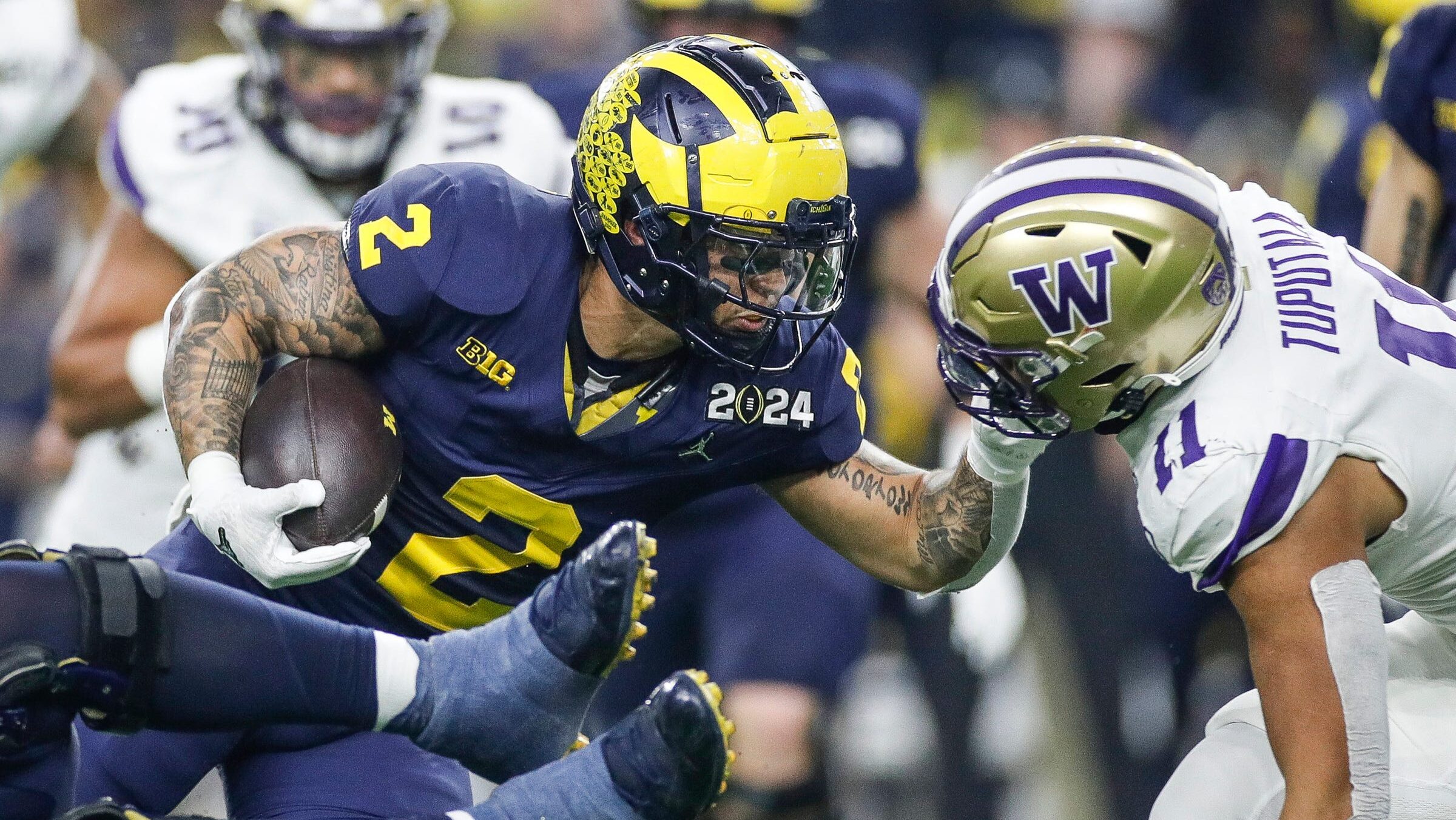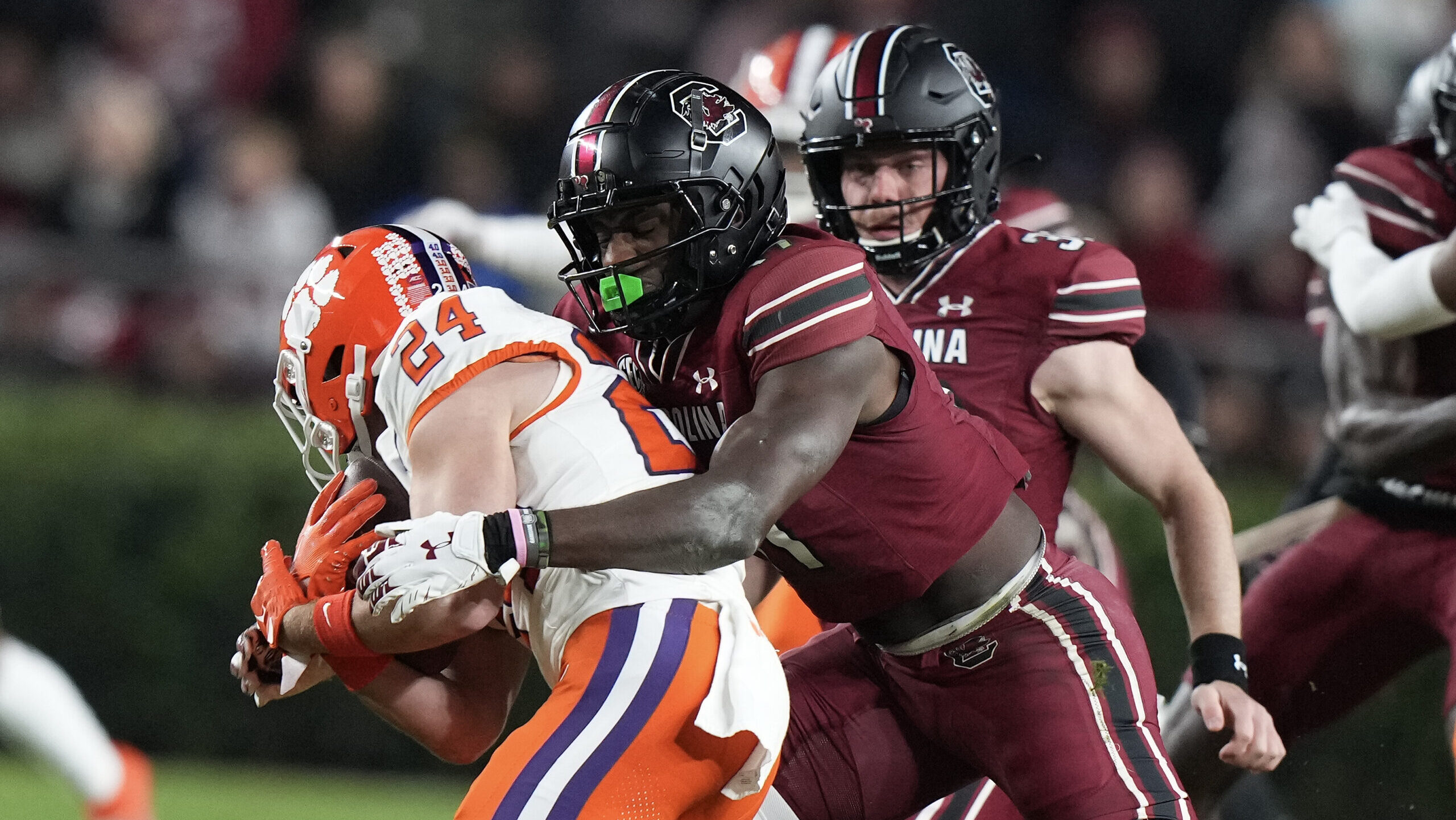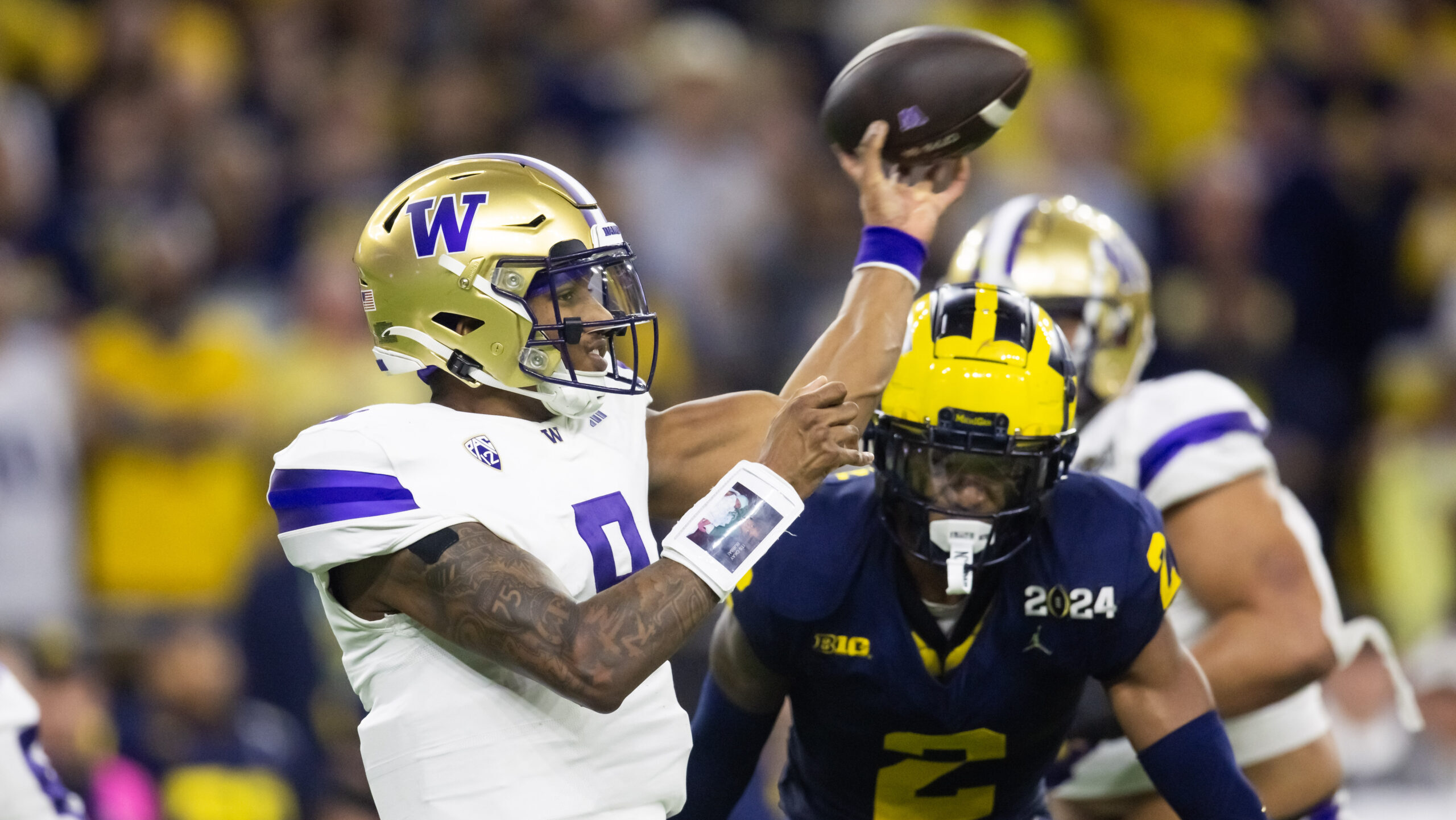Analysis
7/14/23
6 min read
2023 Fantasy Football: Evaluating Importance of Elite Tight Ends

Every year, there is an illusion that the tight end position is deep. There’s a notion you can simply draft tight ends later and get nearly the same production. Unfortunately, that couldn’t be any further from the truth.
It’s such a shallow position in the fantasy landscape that elite tight ends can provide a unique advantage.
But there are two burning questions we need to ask ourselves to find such an advantage. How is there an advantage? And who can give us that advantage?
Elite Tight End Advantage
Target Earning
To understand the elite tight end advantage, we must compare their production to other positions. Let’s take target earning ability, for example.
There have been 58 wide receiver seasons in the past three seasons with a 23 percent or higher target share. There were 16 wide receivers in 2020, 22 wide receivers in 2021 and 20 wide receivers in 2022 to post such a high target share.
As for tight ends across that same period, there were three in 2020, one in 2021 and three in 2022. That comes to just seven tight end seasons with a 23 percent or higher target share in the past three seasons. Wide receivers have more than eight times as many of those seasons as tight ends do since 2020.
Fantasy Production
How does that compare to actual fantasy production? In a traditional league, there are usually two or three starting wide receiver spots and one starting tight end spot among 12 teams. That means there are 24 or 36 starting wide receivers every week compared to 12 tight ends.
If we compare the TE1 in fantasy points per game to the TE12, presumably the best starter to the last, that’s the same difference between WR2 and WR41 last season. It’s the difference between Justin Jefferson and Jahan Dotson in 2022. That’s quite a difference.
If we go back a season to 2021, the difference between the TE1 and TE12 was the same as between WR4 and WR34. That is the smallest difference between the high and low-end TE1 since the 2020s started.
Yet, the smallest difference in the 2020s is still the same difference between Jefferson and Russell Gage. Going back just one more season, the difference between TE1 and TE12 is the same as between WR2 and WR45.
That is the same as comparing Tyreek Hill to Gage in 2020. On average, the difference between a high and low-end TE1 is the same as WR3 to WR40, so much for the tight end position being deep.
Finding Prospects
But we don’t stop there because not only is high-end fantasy production rare, but finding future tight ends that can put up high-end production is even rarer.
If we look at Elite+ wide receiver prospects by class, there were three in 2020, two in 2021, two in 2022 and three in 2023. That is a total of 10 Elite+ wide receiver prospects in that span.
Elite+ prospect means they are likely to produce highly in fantasy football across their career. If we look at Elite+ hit rates at the wide receiver position from 2006 to 2021, 91.3 percent hit a 12-plus PPG season, 87 percent hit a 14-plus PPG season, and 61 percent hit a 16-plus PPG season.
If we get an Elite+ prospect, they will likely have high-end fantasy success. There have been double-digit Elite+ wide receiver prospects since 2020. What about tight ends? There’s been one in that span: Kyle Pitts.
That brings us to our next question. Who are the few elite tight ends?
 Travis Kelce, Kansas City Chiefs
Travis Kelce, Kansas City Chiefs
Travis Kelce was the earlier mentioned tight end from last season who would’ve finished as WR2. The difference between him and the TE12 was nearly 40 wide receiver spots.
The next closest tight end after Kelce’s PPG would’ve finished as the WR12 last season. Kelce gives you a massive advantage that, basically, no other team can get from their tight end. He gets this advantage from running more than 80 percent of the routes on an explosive Kansas City Chiefs offense and earning a target on 25.3 percent of those routes.
He is one of three tight ends to post a more than 25 percent target rate on at least 50 percent of routes last season. The other two we’ll talk about next. If Kelce’s age scares you off, you don’t deserve the massive advantage nearly no other player can give you.
 Mark Andrews, Baltimore Ravens
Mark Andrews, Baltimore Ravens
The Baltimore Ravens increasing their passing volume under offensive coordinator Todd Monken makes us excited for Mark Andrews' output in 2023.
He recently posted the highest target share for a fifth-year tight end. He also put up the highest target for a fourth-year tight end. If you wanted even further confirmation, he also put up the highest target share for a third-year tight end. Andrews is the epitome of consistency.
He’s the only tight end in the past three years to have at least a 23 percent target share in each of those seasons, making up 43 percent of the 23 percent target share seasons from tight ends across that time.
 Kyle Pitts, Atlanta Falcons
Kyle Pitts, Atlanta Falcons
High-end production is rare enough, but high-end production from young tight ends is even rarer. Pitts can bring that.
You can acknowledge his performance last year, but don’t dismiss the sky-high production upside he brings at 22 years old. Last year, Pitts got stuck with an abysmal 59.3 percent catchable target rate on a team with one of the lowest passing volumes of the past 20 years.
However, Pitts became the only second-year tight end to post at least a 25 percent target share on a 12.0 average depth of target. His situation is slightly improving this year, but when that situation truly breaks right — he will be nearly an un-buyable asset because of the advantage he’ll provide.
When it comes to a position that gets 1.5 times as many fantasy points per reception in tight end premium formats, you’d think the importance of the position would be more mainstream.
But it’s not. Even if it takes a slight overpay on the trade market to get your hands on one of the few elite ones, it provides an advantage that will win your league.
Follow The 33rd Team Podcast Network on Spotify and Apple Podcasts.







